Working in Confined Spaces – Hazards & Safety
Working in Confined Spaces – Workers Health & Safety
What is Confined Space ?
A confined space is defined, in what concerns labor and safety regulations, as an area which is enclosed with limited openings for entry or exit but it’s large enough for entering and working and is not designed for continuous worker occupancy.
The definition of this type of spaces varies from country to country, depending on the standards and regulations used, and also of the type of industry, but it is generally recognized as a confined space spaces that present the following characteristics:
- Limited or restricted means of entry or exit
- Large enough for a person to enter to perform tasks
- Not designed or configured for continuous occupancy
- Has the potential for a significant hazard to be present
Confined spaces include underground vaults, tanks, storage bins, manholes, open ditches, pits, silos, underground utility vaults and pipelines. Figure 1 gives an example of a confined space.
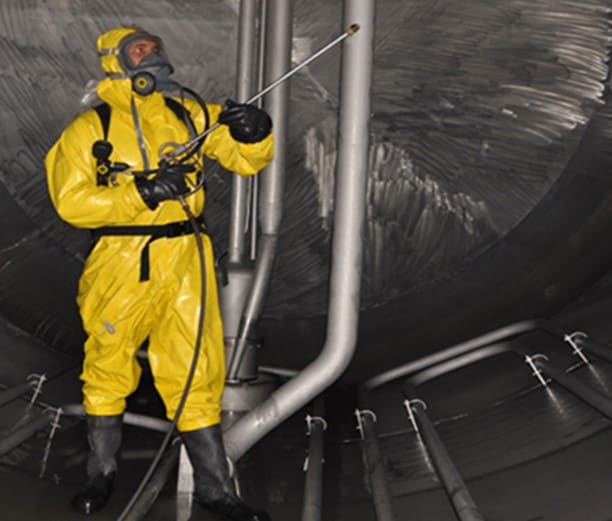
Hazards
Many workplaces contain spaces that are considered to be “confined” because their configurations hinder the activities of employees who must enter into, work in or exit from them. In many instances, employees who work in confined spaces also face increased risk of exposure to serious physical injury from hazards such as entrapment, engulfment and hazardous atmospheric conditions.
Confined spaces present special hazards to workers, including risks of toxic or asphyxiate gas accumulation, fires, falls and flooding.
Confinement itself may pose entrapment hazards (entrapment may be classified as permit-required confined spaces depending on the nature and severity of the hazard) and work in confined spaces may keep employeescloser to hazards such as machinery components. For example, confinement, limited access and restricted airflow can result in hazardous conditions that would not normally arise in an open workplace.
Common hazards of confined spaces are:
- Poor air quality: There may be an insufficient amount of oxygen for the worker to breathe. The atmosphere might contain a poisonous substance that could make the worker ill or even cause the worker to lose consciousness. Natural ventilation alone will often not be sufficient to maintain breathable quality air.
- Chemical exposures due to skin contact or ingestion as well as inhalation of ‘bad’ air.
- Fire Hazard: There may be an explosive/flammable atmosphere due to flammable liquids and gases and combustible dusts which if ignited would lead to fire or explosion.
- Process-related hazards such as residual chemicals, release of contents of a supply line.
- Safety hazards such as moving parts of equipment, structural hazards, entanglement, slips and falls.
- Temperature extremes including atmospheric and surface.
- Shifting or collapse of bulk material.
- Barrier failure resulting in a flood or release of free-flowing solid.
- Uncontrolled energy including electrical shock.
- Biological hazards.
- Asphyxiation, which is the leading cause of death in confined spaces due to oxygen deficiency or from exposure to toxic atmospheres.
Related Article: Working on De-Energized Electric Circuits, Networks & Equipments
Standards & Regulations
In the USA the works to be performed at those areas, the duties of employers and employees and the requirements for practices and procedures to protect employees in general industry from the hazards of entering permit spaces are regulated by OSHA (Occupational Safety and Health Administration) Standard 29 CFR 1910.146.
According to this regulation working on confined spaces requires a Permit to Work (PTW) – the term “permit-required confined space” is a space that and “permit space” has one or more of these characteristics:
- Contains or has the potential to contain a hazardous atmosphere.
- Contains a material with the potential to engulf someone who enters the space.
- Has an internal configuration that might cause an entrant to be trapped or asphyxiated by inwardly converging walls or by a floor that slopes downward and tapers to a smaller cross section.
- Contains any other recognized serious safety or health hazards such as unguarded machines or exposed live wires.
- Must be identified by the employer who must inform exposed employees of the existence and location of such spaces and their hazards.
National Institute for Occupational Safety and Health (NIOSH) has several publications about confined spaces, such as:
- Confined Space – Health Hazard Evaluations (HHEs)
- Worker Deaths in Confined Spaces – Publication No. 94-1
- A Guide to Safety in Confined Spaces – Publication No. 87-118
- Request for Assistance in Preventing Occupational Fatalities in Confined Spaces – Publication No. 86-110
- Criteria for a Recommended Standard: Working in Confined Spaces – Publication No. 80-106
Related Post: Protective Actions to Avoid & to Reduce Electric Hazardous
Duties of Employers & Employees
Employers must evaluate their workplaces to determine if spaces are permit spaces. If a workplace contains permit spaces, the employer must inform exposed employees of their existence, location and the hazards they pose.
If employees are not to enter and work in permit spaces, employers must take effective measures to prevent them from entering these spaces. If employees are expected to enter permit spaces, the employer must develop a written permit space program and make it available to employees or their representatives, to:
- Implement necessary measures to prevent unauthorized entry.
- Identify and evaluate permit space hazards before allowing employee entry.
- Test atmospheric conditions in the permit space before entry operations and monitor the space during entry.
- Perform appropriate testing for the following atmospheric hazards in this sequence: oxygen, combustible gases or vapors, and toxic gases or vapors.
- Establish and implement the means, procedures and practices to eliminate or control hazards necessary for safe permit space entry operations.
- Identify employee job duties.
- Provide and maintain, at no cost to the employee, personal protective equipment and any other equipment necessary for safe entry and require employees to use it.
- Ensure that at least one attendant is stationed outside the permit space for the duration of entry operations.
- Coordinate entry operations when employees of more than one employer are working in the permit space.
- Implement appropriate procedures for summoning rescue and emergency services, and preventing unauthorized personnel from attempting rescue.
- Establish, in writing, and implement a system for the preparation, issue, use and cancellation of entry permits.
- Review established entry operations annually and revise the permit space entry program as necessary.
- Implement the procedures that any attendant who is required to monitor multiple spaces will follow during an emergency in one or more of those spaces.
The employer’s written program should establish the means, procedures and practices to eliminate or control hazards necessary for safe permit space entry operations:
- Specifying acceptable entry conditions.
- Isolating the permit space.
- Providing barriers.
- Verifying acceptable entry conditions.
- Purging, making inert, flushing or ventilating the permit space.
- Equipment to safe entry.
- Testing, monitoring, ventilating, communications and lighting equipment.
- Barriers and shields.
- Retrieval devices.
If hazardous conditions are detected during entry, employees must immediately leave the space. The employer must evaluate the space to determine the cause of the hazardous atmosphere and modify the program as necessary.
When entry to permit spaces is prohibited, the employer must take effective measures to prevent unauthorized entry. Non-permit confined spaces must be evaluated when changes occur in their use or configuration and, where appropriate, must be reclassified as permit spaces.
Related Post: Electrical Shock Hazards & Its Effects on Human Body
Employers must also inform any contractors whom they hire to enter permit spaces about:
- The permit spaces and permit space entry requirements.
- Any identified hazards.
- The employer’s experience with the space, such as knowledge of hazardous conditions.
- Precautions or procedures to be followed when in or near permit spaces.
- The employees must:
- Not enter permit-required confined spaces without being trained and without having a permit to enter.
- Review, understand and follow employer’s procedures before entering permit-required confined spaces and know how and when to exit.
- Before entry, identify any physical hazards.
- Before and during entry, test and monitor for oxygen content, flammability, toxicity or explosive hazards as necessary.
- Use employer’s fall protection, rescue, air-monitoring, ventilation, lighting and communication equipment according to entry procedures.
- Maintain contact at all times with a trained attendant either visually, via phone, or by two-way radio. This monitoring system enables the attendant and entry supervisor to order you to evacuate and to alert appropriately trained rescue personnel to rescue entrants when needed.
Related Post: Personal Protective Equipment (PPE) for Electrical Works
Entering & Working in a Confined Space
Before entering any confined space, a trained and experienced person should identify and evaluate all the existing and potential hazards within the confined space. He must also evaluate activities both inside and outside the confined space.
Air quality testing:
The air within the confined space should be tested from outside of the confined space before entry into the space.
Care should be taken to ensure that air is tested throughout the confined space – side-to-side and top to bottom. A trained worker using detection equipment which has remote probes and sampling lines should do the air quality testing, and the sample must show:
- Always ensure the testing equipment is properly calibrated and maintained. The sampling should show that:
- The oxygen content is within safe limits – not too little and not too much.
- A hazardous atmosphere (toxic gases, flammable atmosphere) is not present.
- Ventilation equipment is operating properly.
The results of the tests for these hazards are to be recorded on the PTW, along with the equipment or method(s) that were used in performing the tests.
Air testing may need to be ongoing depending on the nature of the potential hazards and the nature of the work.
Conditions can change while workers are inside the confined space and sometimes a hazardous atmosphere is created by the work activities in the confined space.
Precautions to be taken to work on a confined space include:
- Maintenance of quality of the air, using natural or mechanical ventilation.
- Prevention of fire and explosion; hot work should not normally be performed in a confined space unless:
- All flammable gases, liquids and vapors are removed before the start of any hot work.
- Surfaces coated with combustible material should be cleaned or shielded to prevent ignition.
- Do not bring fuel or fuel containers into the confined space (e.g., gasoline, propane), if possible. Ensure welding equipment is in good condition.
- Where appropriate, use spark resistant tools, and make sure all equipment is bonded or grounded properly.
- Control of energy sources
- Any liquids or free-flowing solids are removed from the confined space to eliminate the risk of drowning or suffocation.
- All pipes should be physically disconnected or isolation blanks bolted in place. Closing valves is not sufficient.
- A barrier is present to prevent any liquids or free-flowing solids from entering the confined space.
- The opening for entry into and exit from the confined space must be large enough to allow the passage of a person using protective equipment.
- Danger signs.
While doing hot work, the concentrations of oxygen and combustible materials must be monitored to make certain that the oxygen levels remain in the proper range and the levels of the combustible materials do not get higher than10% of the Lower Explosive Limit. In special casesit may not be possible, and additional precautions must be taken to ensure the safety of the worker prior to entering the confined space.
If potential flammable atmosphere hazards are identified during the initial testing, the confined space should be cleaned or purged, ventilated and then tested again before entry to the confined space is allowed.
Only after the air testing is within allowable limits should entry occur as the gases used for purging can be extremely hazardous.
Related Post: Emergency Planning for Safety – Protection in Industries & Installations
Training
Before the initial work assignment begins, the employer must provide proper training for all workers who are required to work in permit spaces. After the training, employers must ensure that the employees have acquired the understanding, knowledge and skills necessary to safely perform their duties.
Additional training is required when:
- The job duties change.
- A change occurs in the permit space program or the permit space operation presents any new hazard.
- An employee’s job performance shows deficiencies.
After completion of training, the employer must keep a record of employees training and make it available for inspection by employees and their authorized representatives. The record must include the employee’s name, the trainer’s signature or initials and dates of the training.
First Aid
Inside the area first aid and rescue equipment must be in permanence and a rescue team must be readily available.
The absence of this team is a reason to stop the work immediately.
OSHA Standard requires employers to ensure that responders are capable of responding to an emergency in a timely manner.
Employers must provide rescue service personnel with personal protective and rescue equipment, including respirators, and training in how to use it.
Rescue service personnel also must receive the authorized entrants training and be trained to perform assigned rescue duties.
The standard also requires that all rescuers must be trained in first aid and cardiopulmonary resuscitation (CPR).
At a minimum, one rescue team member must be currently certified in first aid and CPR.
Employers must ensure that practice rescue exercises are performed yearly and that rescue services are provided access to permit spaces so they can practice rescue operations.
Rescuers also must be informed of the hazards of the permit space.
- Related Article: All About Electrical Protection Systems, Devices And Units
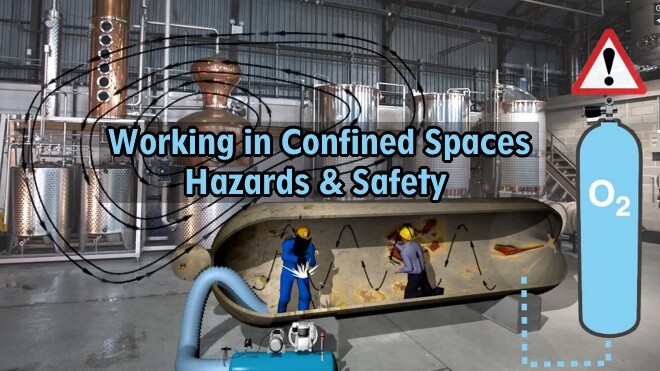
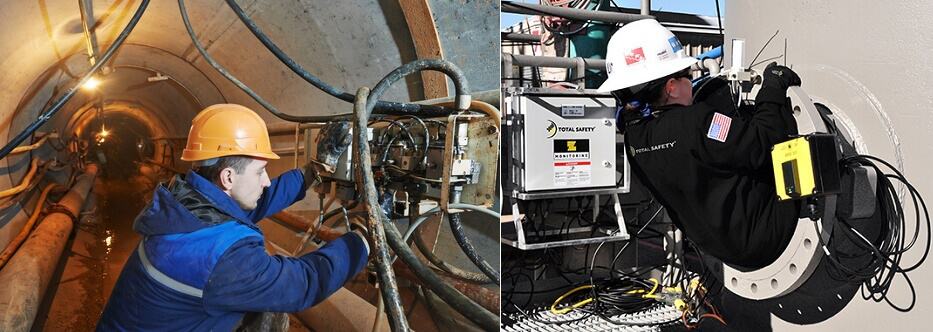




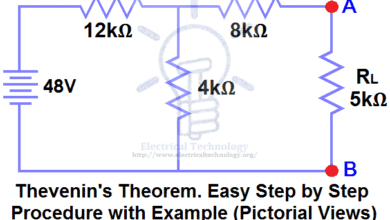
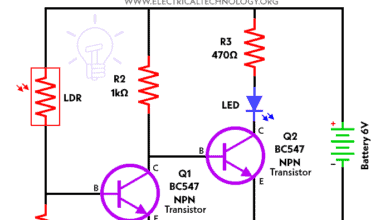

good